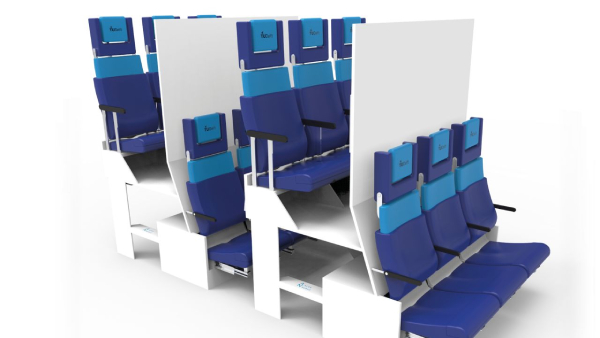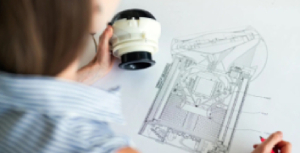
Many product designers rely on their portfolios to showcase their skills, experiences, and achievements. Essentially, it’s a curated collection of product design projects, accompanied by relevant information and insights that are presented cohesively and engagingly. However, they are more than just a visual representation of a product designer’s past work.
A product design portfolio shows the designer’s design journey and capabilities. Most importantly, their portfolio offers a gateway to opportunities in the product design industry. It allows them to communicate their expertise, creativity, and problem-solving abilities to potential employers, clients, and collaborators.
So whether you're a seasoned designer or a recent graduate venturing into the world of product design, it’s important to have a well-curated product design portfolio. Additionally, you need to ensure that when potential clients search online for “product design NZ” or the specific region where you’re based in, your portfolio catches their attention.
If you want to successfully create a portfolio that truly reflects your design prowess and passion, explore these tips on how to best do so.
Showcase Your Best Work
The heart of any portfolio lies in the projects it features. But this doesn’t mean you need to overwhelm your audience with an extensive list of projects. Instead, focus on selecting a curated collection that demonstrates the breadth and depth of your design capabilities. Do this by choosing projects that showcase your technical skills as well as those that highlight your design process, problem-solving abilities, and creativity.
Remember, quality should always take precedence over quantity when creating your portfolio. So, aim to present a cohesive and diverse portfolio that leaves a lasting impression on your readers.
Include Compelling Case Studies
Each project in your portfolio should tell a compelling story—one that captures the essence of the problem, your approach to solving it, and the impact of your design solutions. Having said that, structure your case studies thoughtfully. Be sure to provide context about the project's background, the challenges encountered, and the strategies employed to overcome them. You can use visuals, sketches, prototypes, and final designs to illustrate your design journey and showcase the depth of your expertise.
Highlight Your Product Design Skills

Apart from the results of your hard work, you should also highlight your skills as a product designer in your portfolio. After all, product design encompasses a broad range of skills and competencies, from conceptualisation and prototyping to user research and iteration.
When you use your portfolio to demonstrate proficiency in these areas, showcase your ability to innovate, think critically, and adapt to diverse design challenges too. Additionally, highlight key skills such as sketching, CAD modelling, prototyping, and user testing, and provide tangible examples of how you've applied these skills to real-world design projects.
Design an Engaging Portfolio Layout
The presentation of your portfolio is just as important as its content. Whether you opt for a digital platform or a traditional print format, focus on creating a visually engaging and user-friendly layout. Organise your projects in a logical sequence, which allows those reading it to be able to navigate seamlessly through your work. Pay attention to visual hierarchy, typography, and whitespace as well to enhance readability and create a cohesive visual identity that reflects your design aesthetic.
Write Persuasive Descriptions and Summaries
While visuals play a significant role in capturing your audience's attention, compelling written content is equally essential for conveying the story behind each project. With this in mind, craft descriptive project summaries that highlight the key objectives, challenges, and outcomes of your work. Make sure to use clear and concise language, and avoid using jargon or technical terms that may alienate non-design audiences.
If you have an online portfolio, incorporate keywords relevant to your target industry or role to optimise your portfolio for online visibility and search engine ranking.
Show Your Personality and Passion
Your portfolio is not merely a showcase of your technical skills; it's a reflection of your personality, values, and passion for design. So, go ahead and inject a personal touch into your portfolio by sharing insights into your design philosophy, approach, and the inspirations that drive your work. Don’t hesitate to let your passion for creativity and innovation shine through in every aspect of your portfolio, from project selection to presentation style.
Keep Your Portfolio Updated

After you’ve created your portfolio, don’t let it stagnate. Otherwise, it can give the impression of a stagnant career. Instead, make it a priority to regularly update your portfolio with new projects, achievements, and insights gained from your design journey. Remove outdated or less relevant projects to maintain a focused and impactful presentation of your work. Moreover, seek feedback from peers, mentors, and industry professionals to identify areas for improvement and refinement, and use it as an opportunity to evolve and grow as a product designer.
Crafting a successful product design portfolio is a journey that requires careful planning, creativity, and attention to detail. Consider these recommendations to ensure your portfolio makes a memorable impression on potential employers, clients, and collaborators. So, roll up your sleeves, unleash your creativity, and embark on the journey of portfolio creation.















































